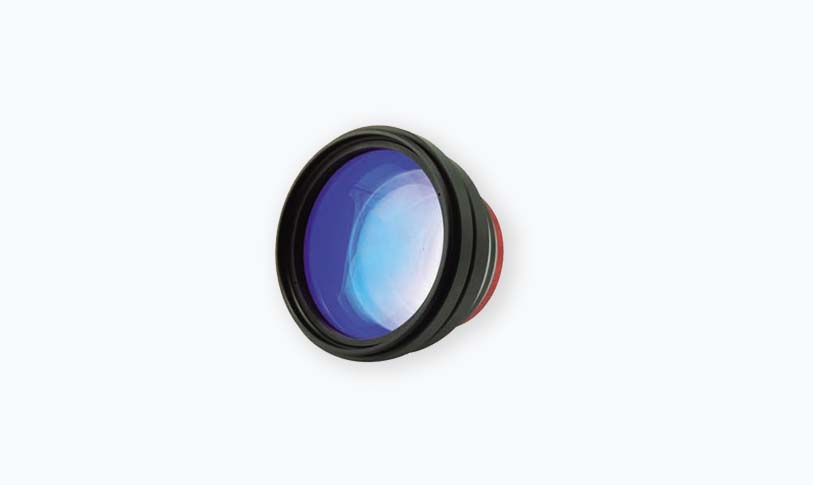Pulse laser technology has emerged as a pivotal advancement in various fields of science and industry. This cutting-edge technology harnesses the power of concentrated light energy, delivered in short bursts or “pulses,” allowing for precision and versatility that traditional continuous-wave lasers cannot match. In this article, we will explore the principles of pulse laser technology, its various applications across different sectors, and the future potential of this groundbreaking innovation.
Understanding Pulse Laser Technology

Exploring the Advances and Applications of Pulse Laser Technology in Modern Science and Industry: A Comprehensive Overview
At its core, a pulse laser emits light in pulses rather than a continuous beam. These pulses can be incredibly short—often measured in femtoseconds (10^-15 seconds) or picoseconds (10^-12 seconds)—which allows the laser to deliver immense energy in brief intervals. This unique characteristic enables a high degree of control over the interactions between the laser and the materials it encounters.
One of the fundamental principles that govern pulse lasers is the ability to concentrate energy in a small time frame, resulting in extremely high peak power. For instance, a pulse laser can generate peak powers in the terawatts range despite having an average output similar to other types of lasers. This high peak power is key to several of its applications, from basic research to industrial processes.
Applications of Pulse Lasers in Various Fields
1. **Material Processing** Pulse lasers have revolutionized the material processing industry. They are widely used for cutting, drilling, and engraving various materials, including metals, plastics, and ceramics. The precision offered by pulse lasers minimizes heat-affected zones, reducing the risk of material warping that can occur with traditional cutting methods. Industries use pulse laser technology in manufacturing semiconductors, automotive parts, and intricate patterns for jewelry.
2. **Medical Applications** In medicine, pulse lasers are used for a range of applications including dermatological treatments, eye surgeries like LASIK, and tattoo removals. The precision and ability to control energy output allow healthcare professionals to target tissues without causing damage to surrounding areas. Pulse lasers are especially effective in breaking down pigmented lesions and rejuvenating skin, thanks to their ability to interact with specific chromophores in the tissue.

Exploring the Advances and Applications of Pulse Laser Technology in Modern Science and Industry: A Comprehensive Overview
3. **Scientific Research** In the field of research, pulse lasers are invaluable tools. They are instrumental in spectroscopy, enabling scientists to investigate chemical properties and reactions at an incredibly detailed level. By providing high temporal resolution, pulse lasers allow researchers to study fast phenomena, such as the dynamics of chemical reactions and molecular vibrations, leading to breakthroughs in understanding fundamental processes in physics and chemistry.
4. **Telecommunications** The telecommunications sector also benefits from pulse laser technology. Pulse lasers are essential in fiber-optic communication systems, where they propagate data over large distances with minimal loss. The enhanced data transmission capabilities afforded by pulse modulation techniques, commonly employed in pulse lasers, set the stage for faster and more reliable communication networks.

Exploring the Advances and Applications of Pulse Laser Technology in Modern Science and Industry: A Comprehensive Overview
5. **Defense and Security** In the defense sector, pulse lasers are utilized in various applications, including rangefinding and target designation. High-energy pulse lasers have potential uses in weaponry, providing precise and lethal options for military operations. Moreover, integration of pulse laser technology in security systems promises advancements in surveillance and detection methods.
The Future of Pulse Laser Technology
As research into pulse laser technology continues to evolve, the future holds exciting possibilities. Emerging applications are being explored in areas such as additive manufacturing, where pulse lasers could revolutionize 3D printing processes by allowing for finer resolution and better material performance. Additionally, innovations in laser materials and techniques may lead to the development of new types of pulse lasers with enhanced capabilities.
Sustainability is also a key consideration for the future of pulse lasers. By improving energy efficiency and integrating green technologies, pulse lasers could contribute to more sustainable practices across various industries.
Conclusion
In summary, pulse laser technology stands at the crossroads of innovation and practical application, reshaping how we approach material processing, healthcare, scientific research, telecommunications, and defense. With ongoing advancements and a growing understanding of their capabilities, pulse lasers are not just a technological curiosity; they are defining tools that are likely to play a crucial role in the technological landscape of tomorrow. As we continue to explore and harness these powerful devices, the possibilities they present are boundless.galvo laser price



